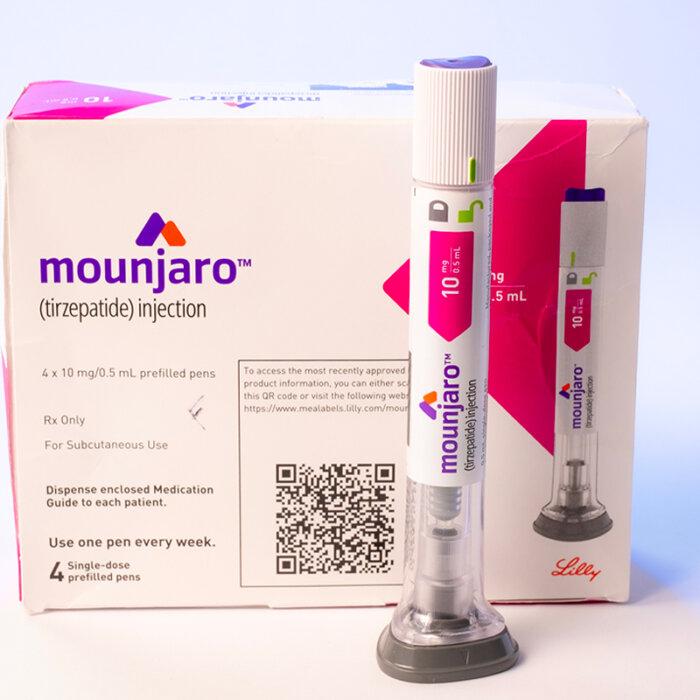25 to 29 Fewer Breathing Interruptions per Hour
The study was based on two double-blind, randomized controlled trials of 469 clinically obese participants with moderate-to-severe obstructive sleep apnea from nine countries, including the United States, Germany, and Australia.According to the study, people with moderate sleep apnea experience 15 to 30 breathing interruptions every hour, while those with 30 or more are considered to have a severe condition.
The participants in both trials received either the maximum tolerated dose of tirzepatide (10 or 15 milligrams) or a placebo over 52 weeks. They adhered to a 500-calorie deficit daily and got in at least 150 minutes of physical activity each week.
In the first trial, the tirzepatide group saw a mean reduction of about 25 events per hour compared to five events per hour in the placebo group.
In the second trial, people who took tirzepatide had an average of about 29 fewer events, or a 58.7 percent reduction in breathing interruptions, versus an average 3 percent reduction in the placebo group.
Study participants reported better sleep quality and fewer disturbances. In addition, participants in the first trial saw an 18 percent reduction in body weight, while those in the second trial saw an average 20 percent reduction.
“The main way tirzepatide reduces sleep apnea severity is by removing fat from around the upper airway and abdomen, making the airway less collapsible during sleep,” co-author and sleep-medicine physician Dr. Ronald Grunstein told The Epoch Times.
Dr. Malhotra said tirzepatide should be combined with continuous positive airway pressure (CPAP) therapy for optimal improvements. CPAP machines use mild air pressure to keep the airways open during sleep.
People in the second trial, which showed a higher reduction in breathing interruptions, also underwent CPAP therapy, while those in the first trial did not.
“We believe that the combination of CPAP therapy with weight loss will be optimal for improving cardiometabolic risk and symptoms. Tirzepatide can also target specific underlying mechanisms of sleep apnea, potentially leading to more personalized and effective treatment,” Dr. Malhotra said in the press release. He said the next step includes conducting clinical trials to assess the long-term effects of tirzepatide.
Drug Safety
In the second trial, more than 80 percent of participants in the tirzepatide group reported one or more adverse events. In comparison, around 75 percent of participants in the placebo group reported one or more adverse events.The most common adverse events in the tirzepatide group were diarrhea, nausea, and vomiting.
Tirzepatide in Mounjaro and Zepbound
In May 2022, the U.S. Food and Drug Administration (FDA) approved tirzepatide under the brand name Mounjaro for treating Type 2 diabetes. Like semaglutide, tirzepatide is a once-weekly injection that mimics two hormones that enhance insulin secretion and suppress appetite.However, tirzepatide also acts on fat cells, affecting fat distribution, though its mechanism is not well-known.
The recommended starting dosage for Mounjaro and Zepbound is 2.5 milligrams once weekly for four weeks. Users are then supposed to increase the dosage to 5 milligrams per week.




